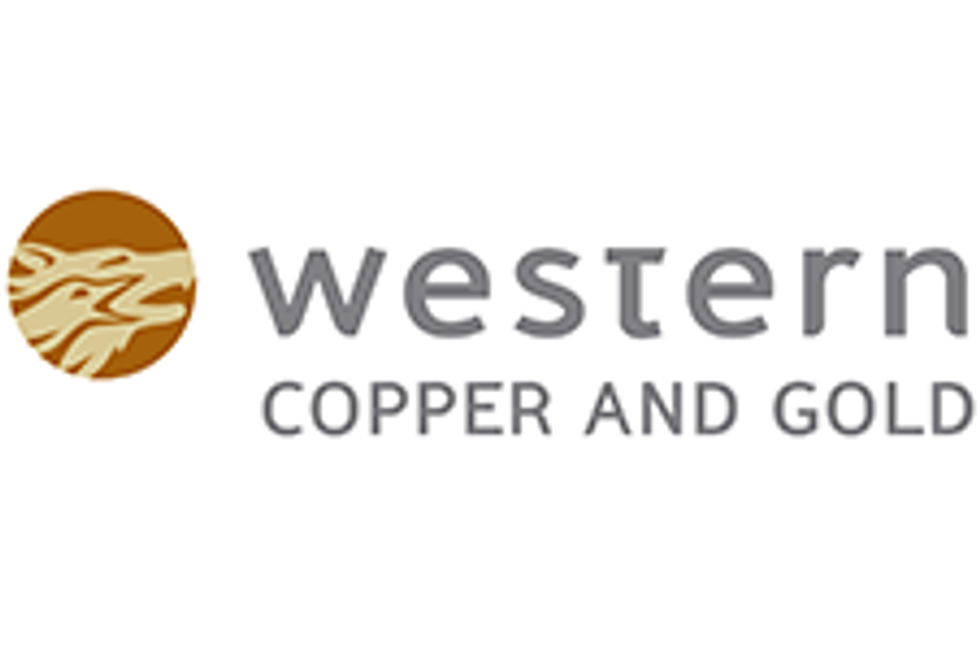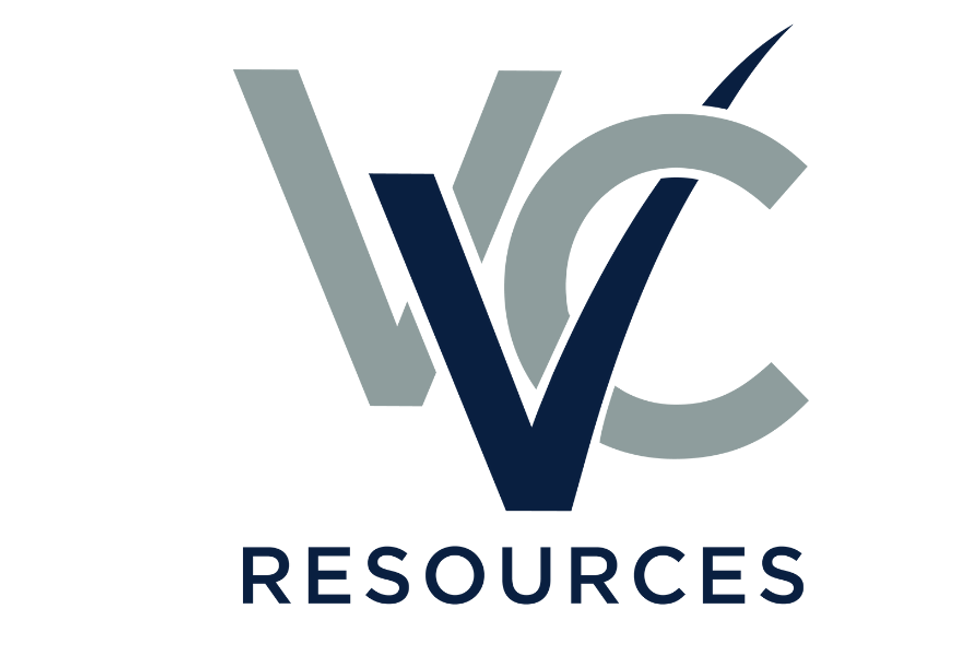- AustraliaNorth AmericaWorld
Investing News NetworkYour trusted source for investing success
Fireweed Metals
RecycLiCo Battery Materials
Helium Evolution
Elixir Energy
- Lithium Outlook
- Oil and Gas Outlook
- Gold Outlook Report
- Uranium Outlook
- Rare Earths Outlook
- All Outlook Reports
- Top Generative AI Stocks
- Top EV Stocks
- Biggest AI Companies
- Biggest Blockchain Stocks
- Biggest Cryptocurrency-mining Stocks
- Biggest Cybersecurity Companies
- Biggest Robotics Companies
- Biggest Social Media Companies
- Biggest Technology ETFs
- Artificial Intellgience ETFs
- Robotics ETFs
- Canadian Cryptocurrency ETFs
- Artificial Intelligence Outlook
- EV Outlook
- Cleantech Outlook
- Crypto Outlook
- Tech Outlook
- All Market Outlook Reports
- Cannabis Weekly Round-Up
- Top Alzheimer's Treatment Stocks
- Top Biotech Stocks
- Top Plant-based Food Stocks
- Biggest Cannabis Stocks
- Biggest Pharma Stocks
- Longevity Stocks to Watch
- Psychedelics Stocks to Watch
- Top Cobalt Stocks
- Small Biotech ETFs to Watch
- Top Life Science ETFs
- Biggest Pharmaceutical ETFs
- Life Science Outlook
- Biotech Outlook
- Cannabis Outlook
- Pharma Outlook
- Psychedelics Outlook
- All Market Outlook Reports
Rights Issue Prospectus
Copper prices are down and volatile and world demand for raw materials is still not showing a firm upward direction. In this climate, copper majors are a good buy for an investor who is in for the long haul.
Copper for three-month delivery settled 0.8 percent higher on the London Metal Exchange (LME) at $7,679 a metric ton on September 3, rising above its 100-day moving average, according to Bloomberg. In August, prices rose 0.7 percent. However, LME prices for copper for three-month delivery are way below averages of around $8,500 a metric ton seen earlier this year.
So far this year we have seen large mining companies like BHP Billiton (ASX:BHP,NYSE:BHP,LSE:BLT) —which mines copper along with other base metals predominantly iron ore — pull the plug on plans to build new mines, citing the fact that current lower prices for copper and other commodities it mines, do not justify projects whose costs run into the billions.
However according to Ed Liston, who guides an independent team of experienced analysts and writes for multiple stock trader publications, there is hope for the beleaguered mega-miners, especially when looking longer-term.
“In fact, if you have a bullish long-term outlook, maybe this is actually a good time to pick up some mining stocks at a good price,” Liston states, before adding a note of caution: “But don’t expect returns in the short to medium term.”
Freeport-McMoRan (NYSE:FCX), the world’s largest publicly-traded copper producer (Chilean state-owned Codelco is number one) is down about 4 percent so far this year and more than 21 percent in the past year. Mel Daris, a former mutual fund industry trader, wrote last month that Freeport “is shaping up to be an appealing growth stock in the materials sector for 2012. Aside from stable financials, Freeport-McMoRan is effectively improving the efficacy of its operations while overcoming obstacles that hampered production throughout recent years.”
Daris adds, “[t]hough copper prices have decreased recently, the increase in demand is outpacing supply, and is expected to push the price for copper higher, which will benefit Freeport.”
Recent financial information from BHP, Xstrata (LSE:XTA), Rio Tinto (LSE:RIO,ASX:RIO,NYSE:RIO) and Anglo American (LSE:AAL) supports that argument.
BHP had flat total revenue and its earnings fell in figures released not long ago, but Daris believes the company is “effectively divesting and postponing non-core expenditures, operations and assets in order to simplify its business model and increase efficiency.” The company is “poised for revenue growth in the near term and long term behind the anticipated recovery of natural gas and copper prices beginning in 2013. BHP Billiton’s commodity assets in China, the U.S. and emerging markets have the ability to substantially increase earnings beyond 2017.”
Shares of BHP are down about 10 percent so far this year and have fallen more than 20 percent in the past year. However, BHP boasts strong growth prospects, and its 2012 year-end earnings results indicate that the company has bullish medium- and long-term potential.
Xstrata made headlines after Glencore International’s (LSE:GLEN) $33 billion bid for the miner was met with pressure from Xstrata shareholders, including Qatar’s sovereign wealth fund. Glencore owns 34 percent of Xstrata and wants the rest of the coal, copper and zinc producer so that it can create the world’s fourth-biggest mining company.
According to The Wall Street Journal, lower earnings for the first half of 2012 prompted Xstrata to put new projects on hold; however, the company’s CEO, Mick Davis, remains optimistic about the future of commodities demand, stating that the “longer-term trend in the commodities industry of increasing demand and constrained supply growth would continue. Demand for commodities is forecast to continue growing as Indonesia, Mexico and Russia catch up to China, India and Brazil to become some of the world’s largest economies by 2050.”
This week, analysts at RBC Capital upgraded Anglo American to a “sector perform” rating with a $30.16 target price. RBC’s upgrade follows Exane BNP Paribas’ reiteration of a “neutral” rating on shares of Anglo American. In August, AlphaValue analysts reiterated an “add” rating on shares of the company.
Shares of Anglo American have fallen more than 27 percent so far this year and closed down 0.3 percent at £17.43 on September 5 in London.
Rio Tinto said last month that it is positive on the outlook for copper. Division chief Andrew Harding told Reuters on August 23 that “[t]he long term copper outlook remains positive,” calming some fears about a slowdown in Chinese demand driving down prices of copper, iron ore and other raw materials. Harding’s comments came a few days after BHP Billiton shelved expansion plans due to soaring costs.
High-cost copper projects, however, are losing their appeal as copper prices stay low. The Financial Post published an article on a report from Teck Resources (NYSE:TCK) that details its Quebrada Blanca Phase 2 (QB2) project in Chile, which the company views as the top priority among its development projects. The $5.6 billion mine is expected to produce 200,000 tonnes of copper a year at low cash operating costs.
The Financial Post notes that the technical report shows that at a copper price of $3.50 a pound, QB2 has a solid net present value (NPV) of $2.2 billion and an internal rate of return of 13.7 percent in the base case scenario. But if copper falls to $3.00, the NPV plunges to $1.1 billion; if copper drops to $2.50, the NPV is negative $239 million.
“I would suggest QB2 is very similar to a lot of the projects we’re looking at that have anywhere between 0.3% and 0.5% copper grades,” John Hughes, an analyst at Desjardins Securities, told the newspaper. “These are assets that in previous cycles would never be developed. Gone are the days where we’re mining 2% copper.”
Securities Disclosure: I, Karan Kumar, hold no direct investment interest in the companies mentioned in this article.
Outlook Reports
Featured Base Metals Investing Stocks
Browse Companies
MARKETS
COMMODITIES
| Commodities | |||
|---|---|---|---|
| Gold | 2329.93 | +0.36 | |
| Silver | 27.49 | +0.02 | |
| Copper | 4.24 | -0.01 | |
| Oil | 86.73 | +0.14 | |
| Heating Oil | 2.75 | +0.01 | |
| Natural Gas | 1.78 | +0.01 | |
Investing News Network websites or approved third-party tools use cookies. Please refer to the cookie policy for collected data, privacy and GDPR compliance. By continuing to browse the site, you agree to our use of cookies.






